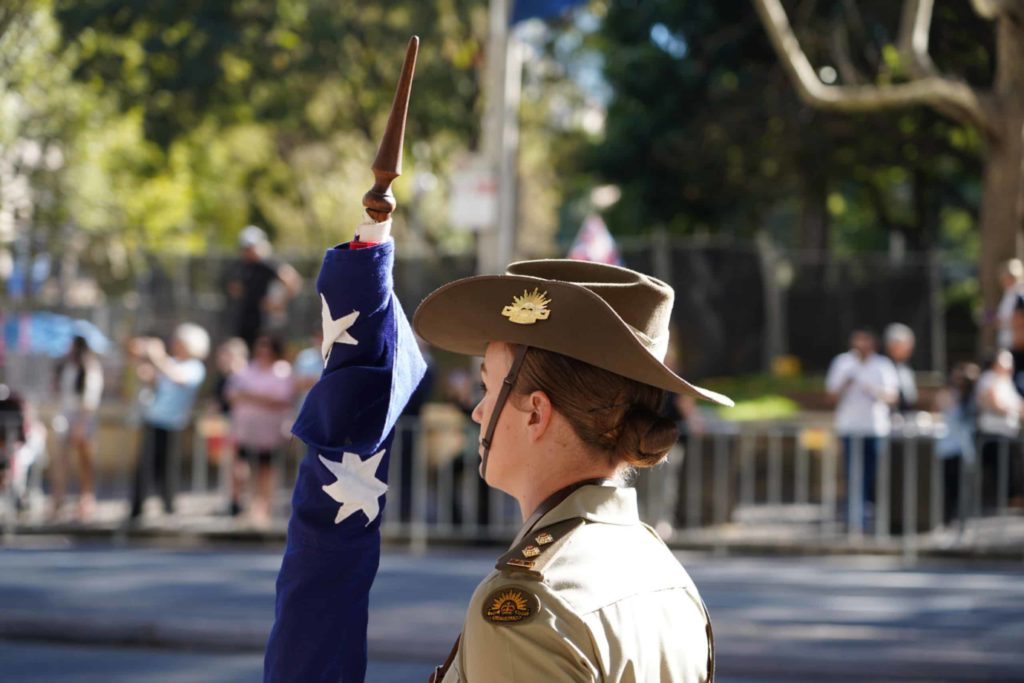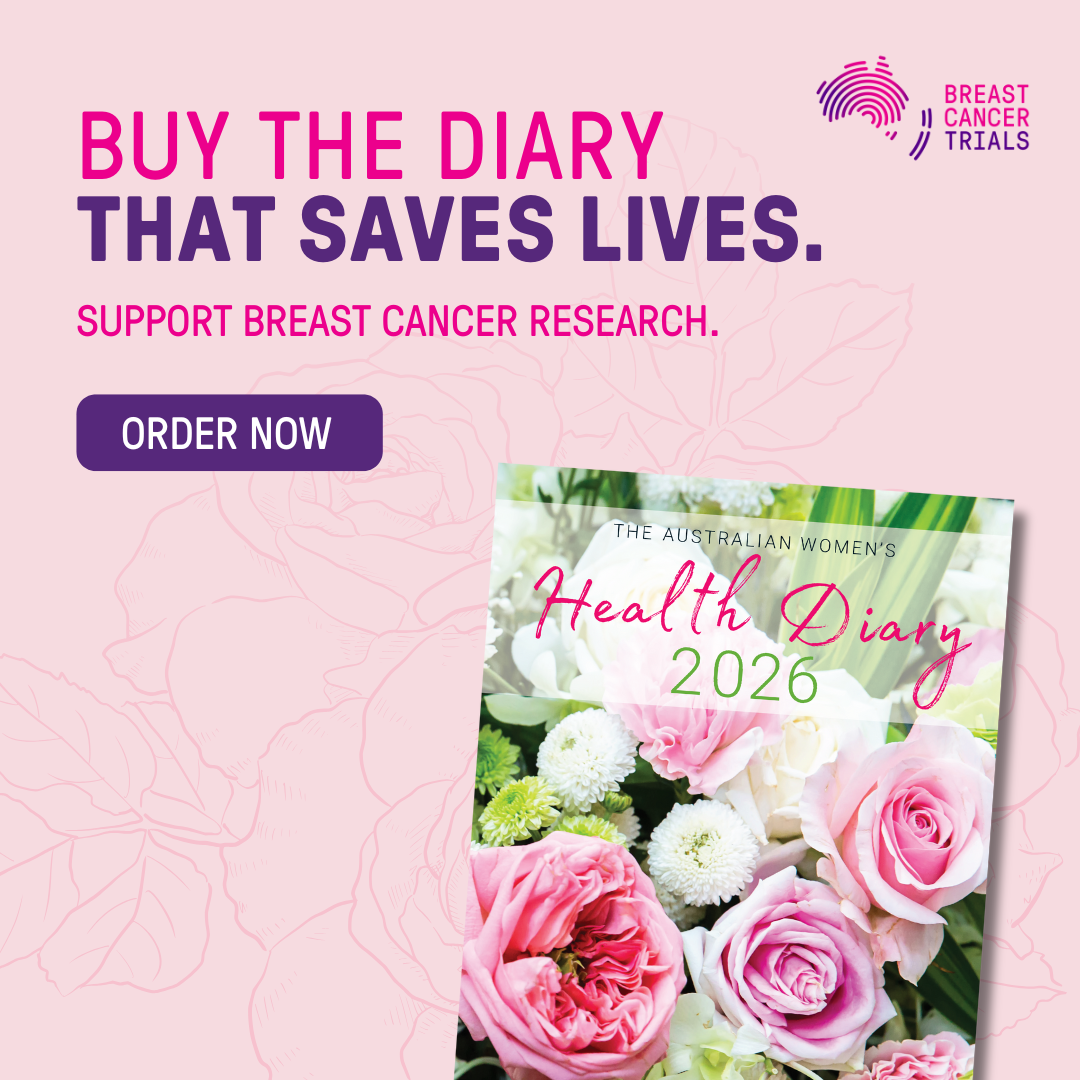It was 10 years ago that then Chief of Army, Lieutenant General Morrison AO gave his famous speech in support of service women, (written mostly by Catherine McGregor AM).
Around this time, there were five concurrent inquiries into Defence culture, including the prominent Broderick Report on the treatment of women. All of this led to a flurry of reforms, extraordinary new rhetoric, glossy brochures, and highly paid consultants. But did this cultural reform work?
There has been little formal independent analysis. However, there are indications that aspects of this reform program did not work, for people of any gender. The Royal Commission into defence and veteran suicide’s interim report (see section 3.6) identifies that ADF culture, abuse, and response to reporting of abuse, are still part of the story of veteran suicide. This surprised many who assumed the main cause was traumatic events experienced in war or war-like operations.
The report also presents the first statistical analysis of Australian female veteran suicide.
During the period 2002 to 2017, the rate of suicide for female veterans was found to be 115 per cent higher than that of the normal Australian female population (as compared to 18 per cent for male veterans). It can be assumed that causality has some similarities to males and the general experience of military service. Yet the wide divergence from male statistics suggests something else may be going on.
2012 research by Samantha Crompvoets found there was a lack of support for female veterans in areas such as reproductive and gynaecological health; sexual trauma; maternal separation; domestic violence, and LGBTI+ related issues. Like younger male veterans, the women felt they were not seen as nor treated as ‘real’ veterans. The report recommended developing targeted support for female veterans, setting a strategic research agenda, and providing training for civilian veteran health providers. One sign that such recommendations were heeded is that the Department of Veterans Affairs (DVA) has run Female Veterans and Veterans’ Families Forums since 2016. However, to what extent all recommendations were implemented is unknown.
It is premature to draw conclusions about high female veteran suicide figures or to suggest remedies. That is job of the Royal Commission. Also, as I have argued before, media focus on “service women as victims” obscures the wider story of service women’s extraordinary and historic professional achievements, and it distorts the truth: many service women love their work and gain great fulfilment from it.
However, in this case, the statistics need scrutiny. To contribute to problem diagnosis, I would like to propose that sexual harassment and discrimination, which affects service people of all sorts, but more so women, is part of the female veteran suicide problem.

Wider issues
The context to this claim is parallel problems with women’s safety and security in Australian society (as indicated by the 2021 women’s #March4Justice), but also in other western militaries and police forces.
The US Department of Defense (DOD) found that in 2021, the “rates of sexual harassment, gender discrimination, and workplace hostility increased for women throughout the active force.” Unfortunately serving as an echo to an earlier film, The Invisible War, (2012), in 2022 I Am Vanessa Guillen was released. Prompted by Vanessa Guillen’s murder at Fort Hood military base, the film exposes the continuing extent of sexual violence and ineffective justice systems in the US military.
In the UK, the suicide of Army officer cadet Olivia Perks most likely related to “gross sexual misconduct” against her, while a 2021 UK parliamentary report found “serious problems… with the military’s handling of sexual assault and harassment, often compounding the trauma for victims.” Concerns about the UK military justice system and culture were again highlighted by the 2022 case of submariner crew’s “rape list.”
In Canada, since 2021, 13 senior military officers have been investigated over sexual misconduct or related issues, while leadership scholar Jason Walker proposes that a decade of reforms and programs have had seen little success. In 2022, Canada gave up on military capacity to fairly investigate and prosecute military sexual offences and shifted responsibility to civil authorities.
Similar issues appear in the police force. A report on Queensland police culture finds widespread misogynistic behaviour, sexist comments, and sexual harassment. Vancouver police constable Nicole Chan suicided a few months after reporting sexual abuse by her supervisor. A common thread in the high profile stories of police officers Rhona Malone from Scotland and Angie Rivers from the UK is retaliation and victimisation on reporting problems.
Backlash
Globally, a widespread phenomenon is that of increasing cultural polarisation, and a backlash against so-called “woke politics” or diversity, equity, and inclusion (DEI) initiatives. In the security sector, concerns that ‘wokeness’ endangers recruiting and military readiness are seen through the recent US Restoring Military Focus Act, (2022) which “eliminates the position of Chief Diversity Officer within the Department of Defense (DOD).”
While debating the merits and flaws of DEI initiatives or the anti-woke movement is beyond this article, what cannot be denied is that the vitriol of this cultural battle can overflow onto genuine victims with disastrous consequences.
There are three other factors which may contribute to overwhelming veterans of any gender, who’ve experienced sexual abuse or harassment: justice; safe sanctuary and capacity to be heard.
Justice is key
Justice and perceived fairness relate to both backlash but also potentially, female veteran suicide.
In my view, the ADF cultural interventions of 2013 to 2014 did achieve some necessary change, yet were also at times heavy-handed, disproportionately shaming of men, simplistic, and at times unjust. There was a lack of understanding of the importance of team dynamics and military culture. The intervention also somewhat ignored – at least at the start – the fact men (not just boys at HMAS Leeuwin) also experienced sexual abuse and bullying. This led to an environment of fear and resentment by some which undermined the original intentions.
Yet ineffective justice cut both ways. It is unclear whether cultural change initiatives were accompanied by adequate upskilling and strengthening of military justice systems to fairly investigate and manage sexual abuse. Further, given the troubles within the Morrison Government in the treatment of employees, it is doubtful whether effective Ministerial oversight occurred.
Additionally, there is the possibility justice systems were weaponised against victims to protect the institution or key personnel. If justice systems fail victims, this can lead to what is known as injustice trauma.
The tragic fact that Kate Thornton committed suicide the day after withdrawing her police complaint suggests how hard injustice can hit.
Sanctuary trauma
Similarly, sanctuary trauma can occur when a victim approaches people or agencies they assume will help, but instead finds indifference, incompetence or veiled ill will.
Recall the shockwaves that were sent through the Australian population when the Minister of Women, Marise Payne would not meet the Women’s March crowd assembled outside Parliament House? Ultimately, her loyalty was to her superior and her party; and if it wasn’t – she wouldn’t be in the job. This very problem is replicated across many women and humans rights agencies across the country. Some appointees, while claiming to support victims or human rights, maybe more focused on legitimising and supporting institutional leadership, or they may have been deliberately made toothless. Victims will find this a huge punch in the guts.
The loss of voice
An ongoing problem in developing effective solutions but also healing, as ex-Parliament House staffer Dhanya Mani identified, is the non-inclusion of victims in policymaking, or the loss or appropriation of their voice in the process.
Undoubtedly, the most powerful and clear-headed voices on reforms for Australian women have been survivors such as Rosie Batty; Grace Tame; Brittany Higgins; Dhanya Mani; Chesley Potter and others, so it is a mystery why this still occurs. Yet still, female veterans who’ve experienced sexual abuse or discrimination, and failed justice, can find they are thereafter treated like lepers, or in today’s vernacular they can feel ‘cancelled’.
The Royal Commission must deliver
Australian Parliament House sexual abuse scandals uncovered the ‘justice or career’ problem – where reporting workplace problems meant losing your job; it is on another level of horror that reporting abuse could mean losing your life.
The sexual abuse issue, and response to reporting, maybe one part of the puzzle of why the female veteran suicide rate is so high.
Hopefully, the Royal Commission, due to finalise its report by 17 June 2024, gets to the bottom of the problem.
At this stage, it can be noted that the suicide figures are alarming. They sit in the context of a vicious cultural war and backlash against diveristy, equity and inclusion initiatives. It must also be noted that there is a growth trend in these sorts of problems and common examples of institutional ineptitude, cover-ups, and even retaliation against those who report problems.
Crisis Support
If this article has raised issues for you, these numbers may assist:
· Open Arms veterans and their families counselling service: 1800 011 046
· Defence Member and Family Helpline: 1800 624 608
· Lifeline Australia: 13 11 14
· Suicide Call Back Service: 1300 659 467
· Defence All-hours Support Line: 1800 628 036
· Beyond Blue counselling service: 1300 224 636
· Respect counselling for sexual assault, family, and domestic violence: 1800 737 732 Men’s Line: 1300 78 99 78
· Men’s Referral Service: 1300 766 491
· 13YARN: First Nations people in crisis. 13 92 76
Do you wish to make a submission? Submissions to the Royal Commission into Defence and Veteran Suicide can be made up until 13 October 2023, details here.


